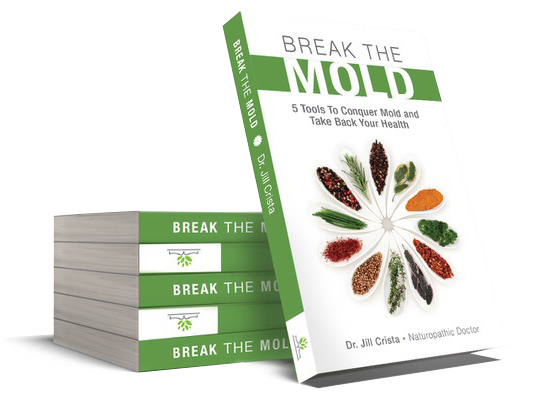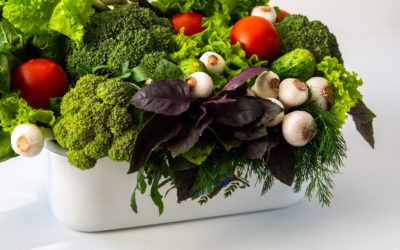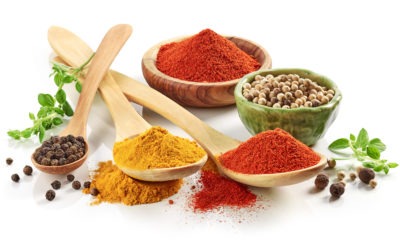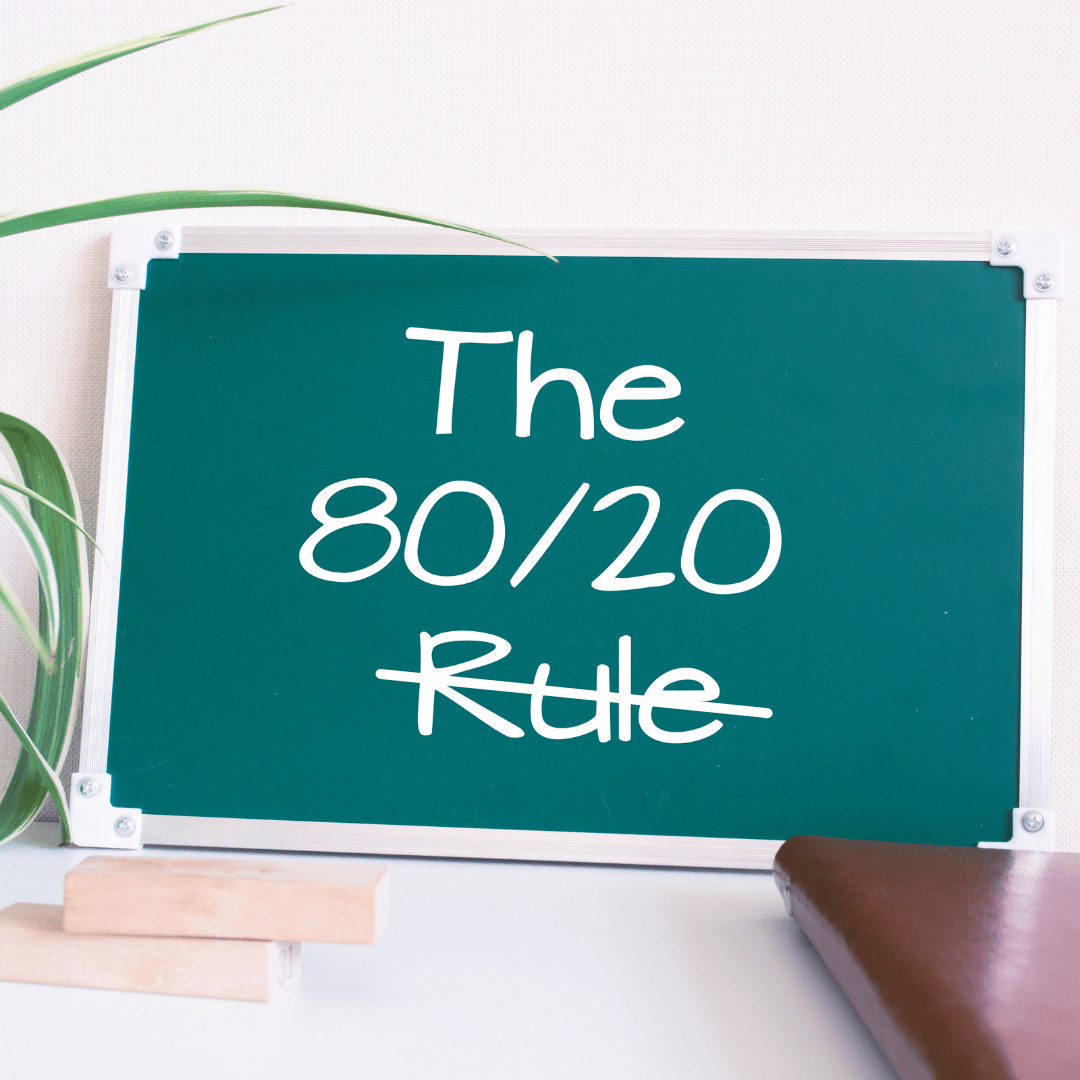Has the thought of eating 5–7 servings of veggies a day from my book Break the Mold made you cringe because of histamine or mast cell flare-ups? I’m here to explain why veggies might be causing trouble and how to fix it. Hi, I’m Dr. Jill Crista, a mold expert, here to get you back to enjoying veggies without the drama. Let’s dive in and take back your health! Shall we?
Why Veggies Can Spark Mast Cell Issues
For some people, this many veggies causes more mast cell or histamine reactions. When veggies trigger symptoms, I think of two culprits:
- Fungal Overgrowth: Mold or fungi in your body can snack on the carbs in veggies and fuel inflammation.
- Molybdenum Deficiency: This mineral’s depletion disrupts detox and mimics histamine issues.
- The Role of Salicylates: If fungal overgrowth and molybdenum are being handled and you still have problems with veggies, look into salicylate sensitivity.
Learn more about sensitivities in my Salicylate Masterclass.
The Role of Fungal Overgrowth
Mast cells get massively recruited when mold is trying to go from colonization to infection. Here’s how fungi cause trouble:
- Fungal Invasion: When fungus overgrows, it tries to root down into your mucosal linings of the gut or respiratory tract.
- Mast Cell Backup: The body calls mast cells to stop the invasion, but they’re like a cluster bomb of inflammation, causing widespread reactions.
- Veggie Trouble: Carbs in veggies feed fungi, triggering more mast cells and symptoms like itching or swelling.
Antifungals calm this cycle, as detailed in my Salicylate Masterclass.
Molybdenum Deficiency’s Impact
Molybdenum gets used up in mycotoxin detoxification… and when you have fungal overgrowth. Here’s why it matters:
- Detox Block: Low molybdenum stalls mycotoxin clearance, worsening inflammation.
- Sulfur Issues: Molybdenum deficiency can cause issues with foods high in sulfur, mimicking histamine reactions (e.g., bloating, rashes).
- Hard to Spot: It’s very hard to tell the difference between a histamine problem and a sulfur problem.
Supplementing molybdenum can restart detox, letting you eat veggies comfortably. If that doesn’t help, explore sensitivities in my Salicylate Masterclass.
5 Steps to Eat Veggies Again
My plan helps you tackle fungal overgrowth and molybdenum deficiency so veggies become your friends again:
- Add Antifungals: When you add the antifungals, the body doesn’t have to call for mast cell backup. Use herbs like oregano, clove, or thyme.
- Supplement Molybdenum: Restores detox and sulfur pathways, reducing veggie reactions. Try 100–500mcg daily, but consult a practitioner to avoid excess.
- Start with Low-Histamine Veggies: Eases mast cell stress while addressing fungi and molybdenum. Choose zucchini, cauliflower, or flat-leaf parsley; avoid tomatoes or spinach initially.
- Support Detox: Helps clear mycotoxins fueling mast cells. Use my recommended bioflavonoid blend to get the benefits of veggies without the carbs.
- Learn Your Triggers: Pinpoint specific veggie sensitivities to tailor your diet. Dive into the Salicylate Masterclass for expert tips.
Go Green!
Veggies triggering mast cell issues? Tackle fungal overgrowth with antifungals and boost molybdenum to calm reactions. To get extra support, pair these tips with my masterclass. Now break the mold and savor your veggies! Save this guide and share it with someone struggling with food reactions.
Join our newsletter for more mold recovery tips.
Disclaimer This content is health information and not intended as personal medical advice. Viewing will not establish a doctor-patient relationship. It is not intended to diagnose, treat, cure, or prevent any disease or medical condition. The information discussed is not intended to replace the advice of your healthcare provider. Reliance on information provided by Dr. Jill Crista, employees, or others appearing at the invitation of Dr. Crista is solely at your own risk.







